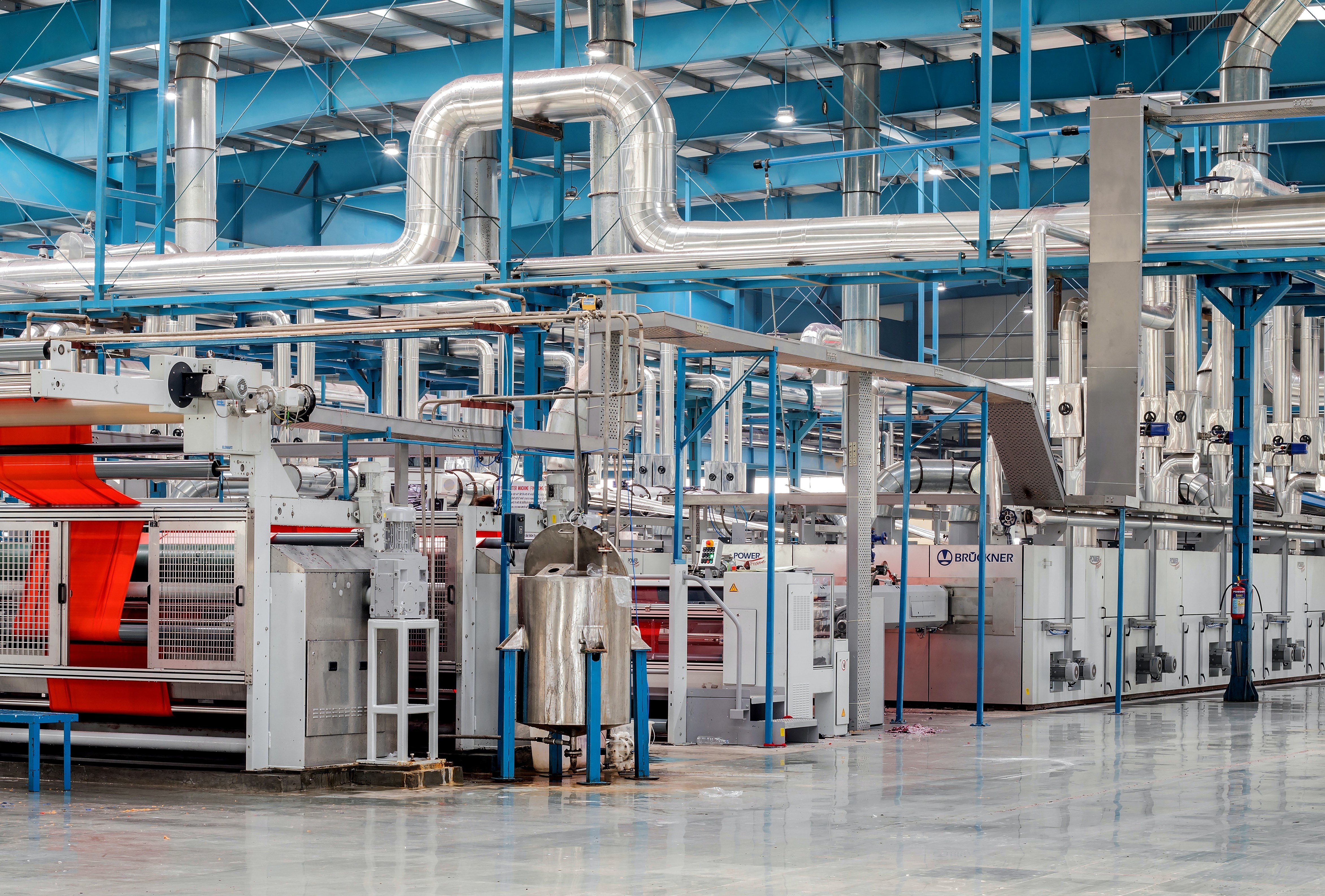MES in Continuous vs. Discrete Manufacturing: Optimize Production

In an increasingly competitive world, manufacturing companies are constantly looking for ways to optimize their production processes. This allows them to improve productivity, reduce costs, and enhance customer satisfaction.
There are two main types of production: continuous and discrete. Continuous production is characterized by the large-scale and continuous production of a product. Discrete production, on the other hand, involves the production of individual products or small batches.
Manufacturing Execution Systems (MES) are crucial tools for production optimization. These systems collect and analyze real-time data from production processes, enabling manufacturers to make informed decisions on how to improve efficiency and productivity.
Continuous Manufacturing
Continuous manufacturing is characterized by uninterrupted and continuous processes that generate products in large quantities. This approach is found in industries such as chemicals, petrochemicals, pulp and paper, energy, and commodities, where production never stops and flows continuously.
Key Challenges of Continuous Manufacturing
Companies adopting continuous manufacturing face the constant challenge of maintaining uninterrupted production and ensuring quality at all times. Any unplanned downtime can be costly and have a significant impact on the quality of the final product.
Advantages of MES in Continuous Manufacturing
MES systems offer several key advantages for industrial manufacturing:
Real-time Monitoring
Provides continuous and real-time visibility into production processes, allowing for immediate issue detection and efficient corrective actions.
Quality Management
Facilitates constant monitoring of critical variables for quality, ensuring that products meet established standards.
Efficiency Optimization
Enables real-time process adjustments to maximize efficiency and reduce resource waste.
Scheduling and Planning
Assists in scheduling preventive maintenance to minimize unplanned downtime.
Discrete Manufacturing
On the other hand, discrete manufacturing involves the production of products that can be broken down into individual pieces, such as appliances, automobiles, and mobile devices. Processes in this domain include assembly, stamping, molding, and additive manufacturing.
Key Challenges of Discrete Manufacturing
In discrete manufacturing, companies face pressure from tight deadlines, competitive costs, and high-quality standards. Agility in production and efficiency are essential to remain competitive.
Advantages of MES in Discrete Manufacturing
MES systems also bring significant benefits to discrete manufacturing:
Overall Equipment Efficiency (OEE)
Provide precise data on plant performance, enabling the identification of areas for improvement and data-driven decision-making.
Traceability Facilitate comprehensive tracking of products and components throughout the production chain, ensuring quality and compliance with regulations.
Integration with Systems
Can integrate with systems such as ERP, CMMS, and WMS to improve efficiency across the enterprise.
Cost Reduction
Help identify areas of waste and cost-saving opportunities.
Importance of MES
In both production environments, MES systems play a crucial role in improving efficiency, quality, and profitability. They enable companies to make informed decisions, reduce operational costs, and maintain a competitive edge in an ever-evolving market.
MES systems are valuable tools for both continuous and discrete manufacturing. They provide real-time visibility, improve quality and efficiency, and support data-driven decision-making.
If you would like to learn more about implementing an MES/MOM system in your production plant, we invite you to read this article on the Key Factors for a Successful MES Implementation.
Would you like to know the 6 key factors for choosing an MES solution?
Choosing an MES system can be a challenging task. That's why we want to share a free guide with the 6 fundamental factors explained clearly and concisely. You can get it by filling out the following form.
.png?width=501&height=92&name=Overtel%20Logo%20Postivo%20(7).png)
